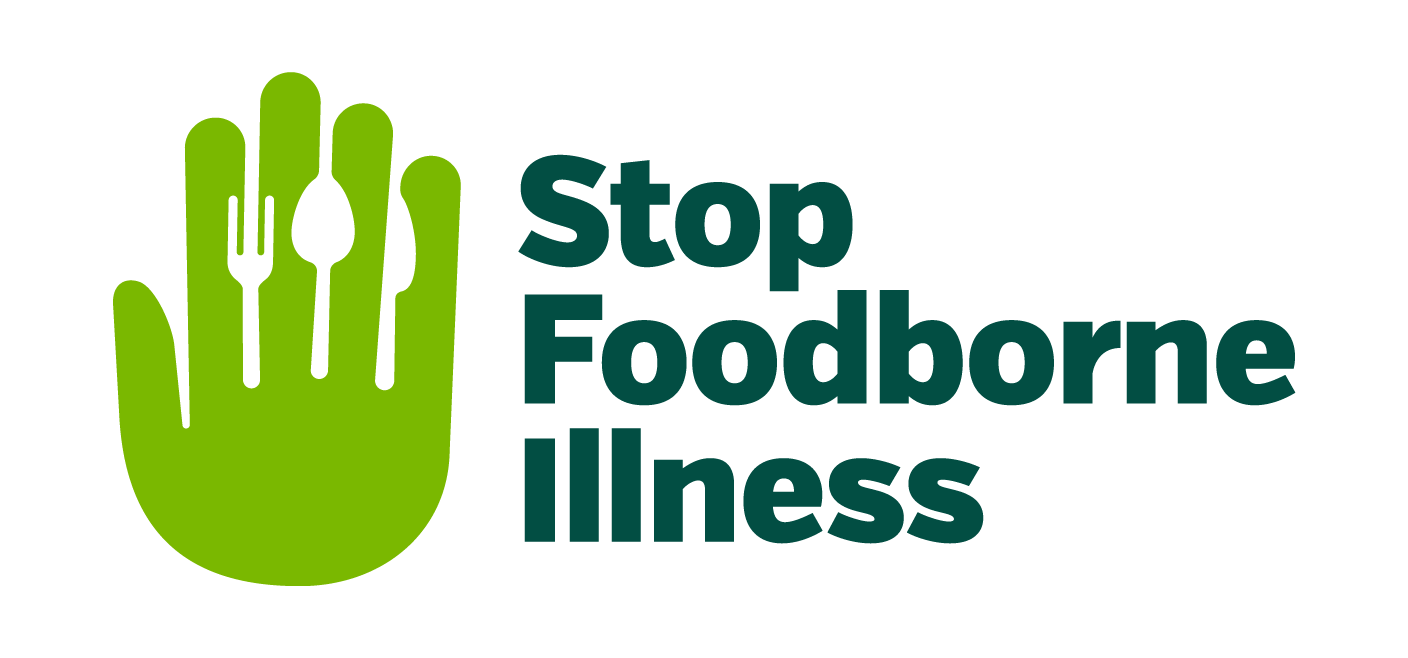Contaminated shellfish are continuing to cause illnesses in several European countries and Hong Kong.
At least 170 people have fallen ill in Helsinki, Finland, after eating oysters in various restaurants in February and March. Cases have also been reported in other Finnish cities.
Norovirus has been found in nine different oyster batches with two from the Netherlands, six from France, and one from Ireland. Importers have withdrawn affected batches from the market.
Officials have tested food from restaurants and taken patient samples, finding norovirus. Some of those sick reported eating oysters.
A report on the outbreak is being prepared for the Finnish Food Authority (Ruokavirasto) and the Finnish Institute for Health and Welfare (THL).
Norovirus is the most commonly identified cause of foodborne outbreaks in Finland. Between 2017 and 2021, oysters caused 11 norovirus outbreaks in which more than 110 people fell ill.
Finland has published four Rapid Alert System for Food and Feed (RASFF) alerts on food poisoning due to norovirus in oysters since late February.
Cases in other countries
Sweden had three notifications in March. Norovirus in mussels from Sweden sickened seven people. Norovirus in oysters from France affected three and norovirus in oysters from the Netherlands is suspected to be behind 15 illnesses.
RASFF alerts have also been issued by Spain and Italy concerning norovirus in oysters from France.
Harvesting areas have been closed and outbreaks reported in France, although it is unclear how many people were sick.
Twenty people were ill in Belgium in February from norovirus in oysters from France. Another outbreak was linked to oysters from the Netherlands but authorities did not say how many were sick.
Two outbreaks in Denmark from late 2022 to early 2023 were caused by oysters. The first with 19 people sick involved oysters from France but originating in Ireland. The second with 73 cases were linked to oysters from Norway.
Authorities in Hong Kong have reported several outbreaks linked to raw oysters including one from products from Ireland that caused at least 16 illnesses earlier this year.
The Health Protection Surveillance Centre said there had been an increase in the number of norovirus cases and outbreaks reported in Ireland in the past few weeks, with the residential care sector particularly affected.
Norovirus cases have also significantly increased in England, according to data from the UK Health Security Agency (UKHSA).
Laboratory reports of norovirus are 77 percent higher than the 5-season average for the same period prior to the Coronavirus pandemic. The rise is across all age groups but mostly in those aged 65 and over and those under 5 years old.
The incubation period for illness caused by norovirus is 12 to 48 hours. Symptoms include sudden onset of cramping, abdominal pain, and nausea, followed by vomiting. Most people also have diarrhea. They usually last 12 to 72 hours.
Handwashing with soap and water is one key to fighting the virus. Affected staff in the food industry should stay away from work for at least two days after symptoms have stopped to avoid spreading the infection. Norovirus can be transmitted directly from one person to another and through contaminated surfaces, food, and beverages.
(To sign up for a free subscription to Food Safety News,click here.)
Note: This article have been indexed to our site. We do not claim legitimacy, ownership or copyright of any of the content above. To see the article at original source Click Here













